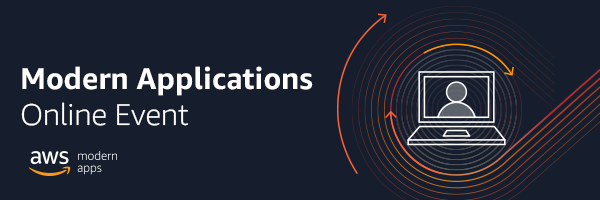AWS Compute Blog
Archiving and replaying events with Amazon EventBridge
The new event replay feature in Amazon EventBridge enables you to automatically archive and replay events on an event bus. This can help for testing new features or new code, or hydrating services in development and test to more closely approximate a production environment.
Using Amazon MQ as an event source for AWS Lambda
Amazon MQ provide a fully managed, highly available message broker service for Apache ActiveMQ. Now Lambda supports Amazon MQ as an event source, you can invoke Lambda functions from messages in Amazon MQ queues to integrate into your downstream serverless workflows.
Integrating AWS Outposts with existing security zones
This post is contributed by Santiago Freitas, AWS Head of Technology EEM and Matt Lehwess, Principal Developer Advocate. AWS Outposts is a fully managed service that extends AWS infrastructure, services, APIs, and tools to your on-premises facility. This blog post explains how the resources created on an Outpost can be integrated with security zones of […]
Proactively manage the Spot Instance lifecycle using the new Capacity Rebalancing feature for EC2 Auto Scaling
By Deepthi Chelupati and Chad Schmutzer AWS now offers Capacity Rebalancing for Amazon EC2 Auto Scaling, a new feature for proactively managing the Amazon EC2 Spot Instance lifecycle in an Auto Scaling group. Capacity Rebalancing complements the capacity optimized allocation strategy (designed to help find the most optimal spare capacity) and the mixed instances policy […]
Announcing Outposts and local gateway sharing for multi-account access
This post was contributed by James Devine, Sr. Outposts SA AWS Outposts enables customers to run AWS services in their on-premises environments. With the release of Outposts and local gateway (LGW) sharing, customers can now configure multi-account access and sharing within an AWS Organization. Prior to this release, an Outpost was only viable within a single […]
Building Serverless Land: Part 1 – Automating content aggregation
In this two part blog series, I show how serverlessland.com is built. This is a static website that brings together all the latest blogs, videos, and training for AWS Serverless. It automatically aggregates content from a number of sources. The content exists in static JSON files, which generate a new site build each time they […]
Amazon EC2 P4d instances deep dive
This post is contributed by Amr Ragab, Senior Solutions Architect, Amazon EC2 Introduction AWS is excited to announce that the new Amazon EC2 P4d instances are now generally available. This instance type brings additional benefits with 2.5x higher deep learning performance; adding to the accelerated instances portfolio, new features, and technical breakthroughs that our customers […]
Register for the Modern Applications Online Event
Earlier this year we hosted the first serverless themed virtual event, the Serverless-First Function. We enjoyed the opportunity to virtually connect with our customers so much that we want to do it again. This time, we’re expanding the scope to feature serverless, containers, and front-end development content. The Modern Applications Online Event is scheduled for […]
Choosing between AWS Lambda data storage options in web apps
In this post, I compare the capabilities and use-cases of S3, EFS, Lambda layers, and temporary storage for Lambda functions. There are benefits to each approach, as each type has different behaviors and characteristics.
Introducing retry strategies for AWS Batch
This post is contributed by Christian Kniep, Sr. Developer Advocate, HPC and AWS Batch. Scientists, researchers, and engineers are using AWS Batch to run workloads reliably at scale, and to offload the undifferentiated heavy lifting in their day-to-day work. But even with a slight chance of failure in the stack, the act of mitigating these […]







